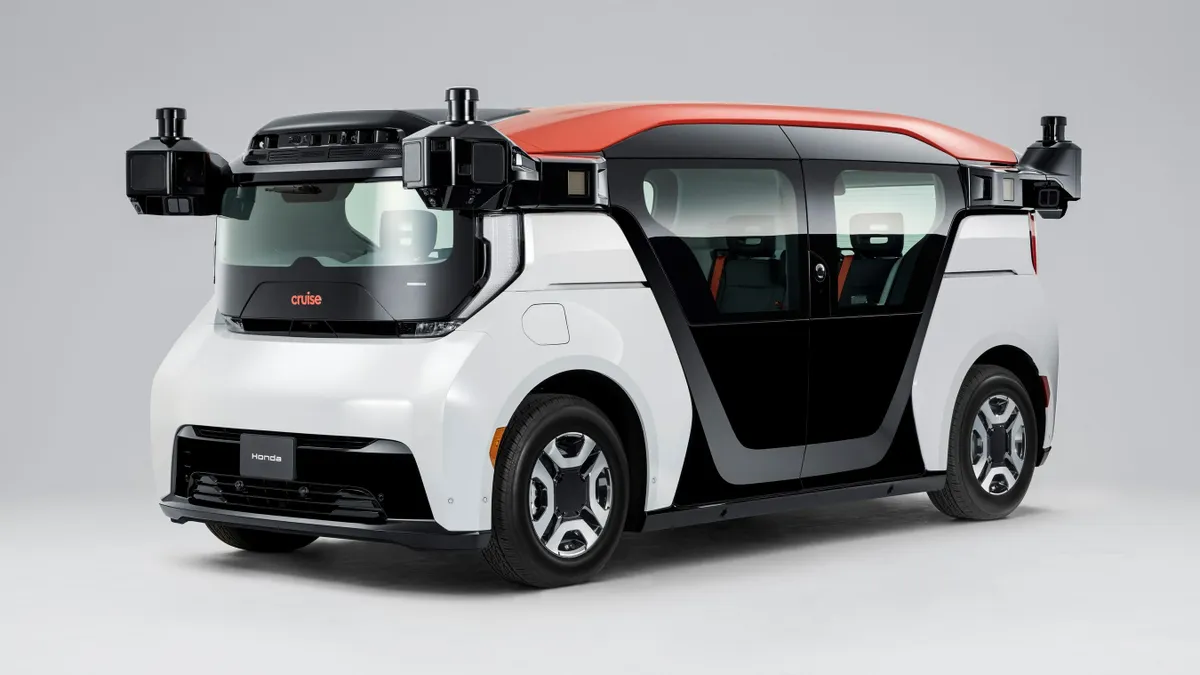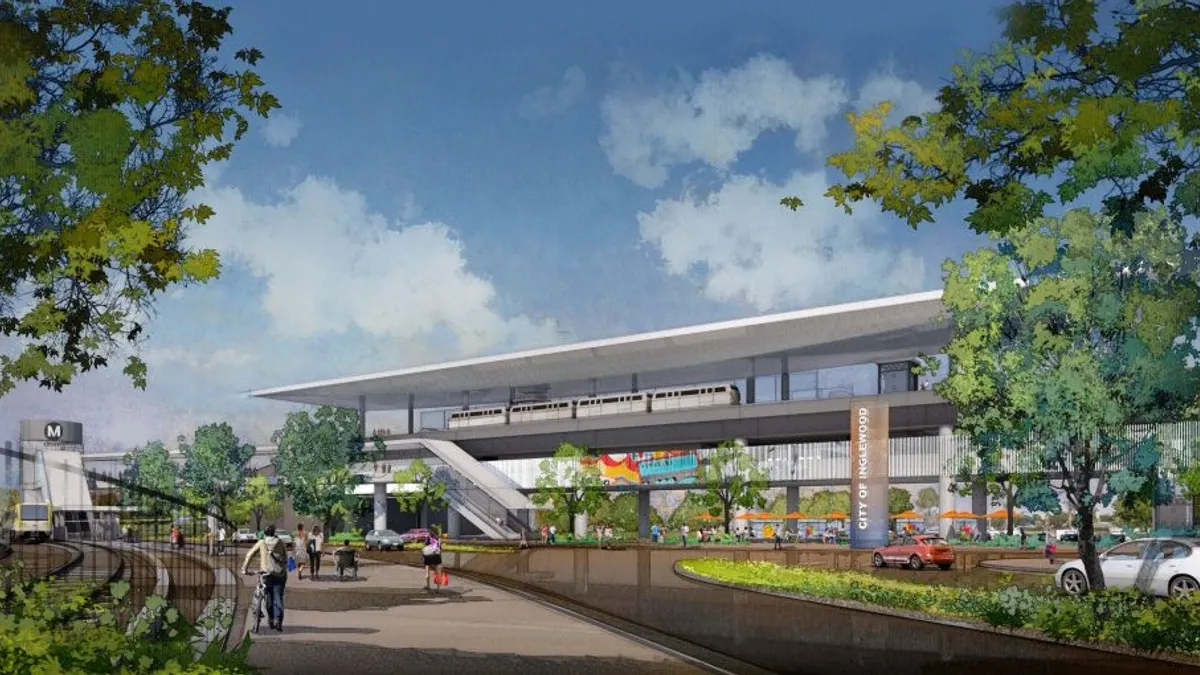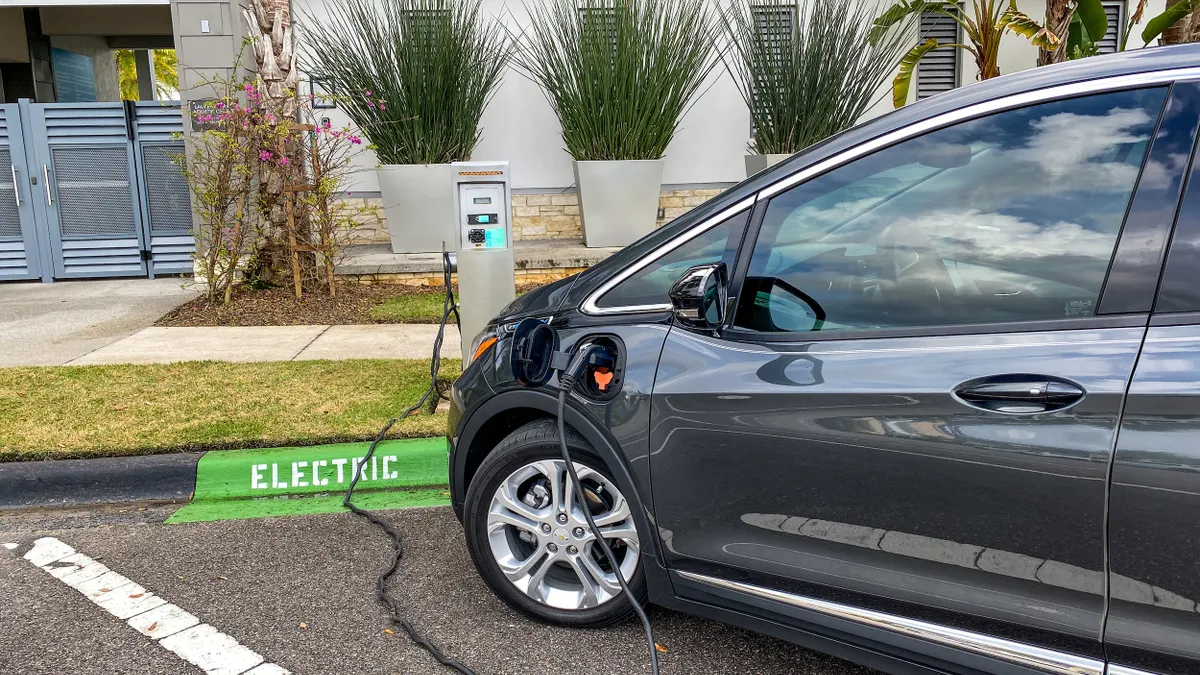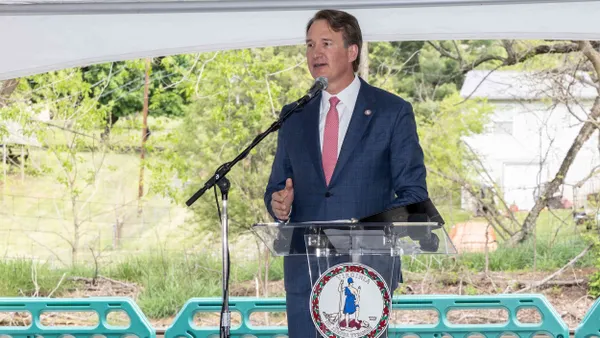Editor's Note: The following is a guest post from Rob Massoudi, senior vice president of digital transformation at ABB.
Cities are at the center of the battle against pollution and climate change. The United Nations Environmental Program estimates that cities create 75% of global CO2 emissions, primarily from buildings and transportation.
Cities are also at the forefront of solving this challenge. Around the world, they're taking leadership in creating a clean, electrified future — and so far, Europe is far outpacing the United States in these initiatives. With the climate crisis becoming more critical every year, now is the time to accelerate our efforts.
Because congestion and pollution directly affect the quality of life for their citizens, cities are an ideal test bed for innovative systems and technologies that can clean skies, streets and waterways, and optimize the delivery of energy and clean water.
In an effort to increase efficiency and reduce waste, for example, the German city of Trier worked to integrate and digitize multiple municipal assets, including wind power, solar photovoltaic electricity, biomass, combined heat and power, water turbines, waste water turbines, sewer-gas plants, battery storage and EV charging infrastructure.
Moving toward electrification
It’s not necessary to start with such a comprehensive plan, however. If we just look at center city congestion and air pollution, many cities are providing strong incentives to reduce traffic and accelerate electric vehicle (EV) adoption, in addition to the rebates and tax incentives offered by national governments.
They may start modestly by offering special EV parking in areas where other drivers might circle for hours trying to find a space. Or, like Paris and Antwerp, Belgium, they may restrict the use of older diesel cars and trucks in the city.
London pioneered a more aggressive approach in 2003 by establishing congestion pricing in its central city to reduce the number of vehicles that enter the area. In 2017 they added a stiff charge in the same area for vehicles that don’t meet strict emission standards.
Now several European cities are taking similar steps. Oslo has replaced parking spaces in its downtown area with bike lanes, bike sharing stations, tiny parks and benches. Pushing the concept even further, London, Paris, Brussels, Madrid and others have announced “zero emission zones” (ZEZs), which will restrict traffic in their city centers to pedestrians, bikes, electric cars and delivery vehicles, and electrified public transit.
In the U.S, we're just now beginning to experiment with these ideas. New York is set to implement congestion pricing by 2021, and San Francisco just approved a plan to eliminate private cars from Market Street, its main thoroughfare.
The zero-emission challenge
The ZEZ concept presents some interesting challenges. First, you'll need to electrify your pubic transit infrastructure. While trains have been electrified for years, e-buses have been more difficult to adopt at scale. Where and when do you charge them? How far can a bus go on a single charge? How big a battery is needed to complete a route?
Flash charging is a recent development in charging technology that solves these problems. The City of Geneva was the first in the world to put a flash-charging bus on the road. With flash charging, the bus pulls into a bus stop, automatically connects a rooftop-mounted connector to the flash-charger and spends about 20-30 seconds topping off the battery. It then drives a few more stops and gets flash-charged again.
This compelling technology is now being adopted in Singapore and other cities around the world, but not yet in the U.S.
Likewise, zero emission zones are requiring a switch to electric power for delivery companies and people operating fleets inside the city center. These are especially well suited to electrification because they drive predictable routes across a limited geography. However, a steep growth in fleet electrification, along with the increased use of personal EVs, presents a challenge to grid stability.
You can't install 40 or 50 high-powered chargers and expect the grid to carry on as usual. So, cities, utilities and fleet operators will have to work together to manage peaks in demand, increase use of solar and wind power and add energy storage capabilities. Kiel, Germany, for example, is working on intelligent energy storage systems with an integrated information system to control the flow of energy between the power grid and electric vehicles.
Creating new models for transformation
To avoid the catastrophic effects of climate change, we can't stop with e-mobility. Buildings often account for about half of a city's greenhouse gas emissions. Many cities are exploring legislation mandating that new construction will be all-electric and some cities require solar power generation on every new building. Retrofitting older buildings is more challenging, but the Netherlands, Ireland, Finland and Denmark are among the European leaders in phasing out fossil fuel in both new and existing buildings.
Like the challenges of EVs, to support electrified buildings we need more sources of renewable energy and better ways to manage that energy. Of course, that includes more wind and solar power, but it also means thinking outside the box.
The Swedish city of Västerås, for example, is taking a unique approach to weaning itself from fossil fuel. Its energy supplier is removing the coal and oil from its fuel mix and replacing it with recycled trash. The system sorts and recycles what is reusable and burns what is not, employing sophisticated gas purification technology to clean the smoke before it is released. The smart and connected system then manages the delivery of that energy, providing heat for 98% of city residents.
So what does all this mean for the United states?
First, we have plenty of existing models to learn from, so we don’t have to start from scratch with a trial and error approach.
Second, we must not to wait for markets to drive our transformation. By then it will be too late. We need to accelerate our efforts. A recent report showed that at the 2016-2017 rate of greenhouse gas reduction, California will not reach its 2030 goals until 2061 and we will be a century late in meeting our 2050 goals.
Finally, we have the right technology to meet our goals, we just need to create new models for public-private partnerships that can jump-start transformation. It will take everyone — governments, corporations and citizens — to make the big changes now to ensure a clean and sustainable future.


















